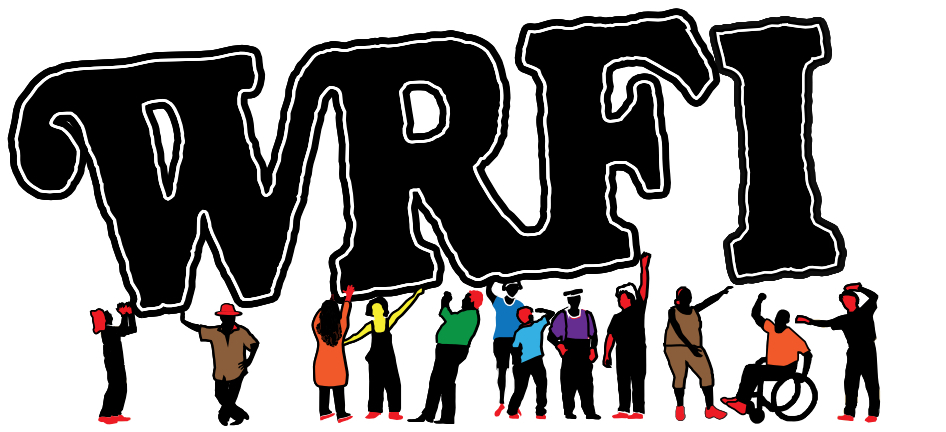Commenting on DEC’s Proposed LNG Regulations with Sandra Steingraber, Keith Shue, and John Armstrong
http://www.sourcewatch.org/index.php/New_York_LNG_regulations
Commenting on DEC’s Proposed LNG Regulations
Comment Deadline: November 4, 2013 at 5:00 pm
Background:
DEC is proposing the addition of a “Part 570” to 6 NYCRR (New York Codes, Rules, & Regulations).
This will set up a permitting program for the siting, construction, and operation of LNG Facilities, as well
as the transportation of LNG.
A 2011 NYSERDA (NYS Energy Research and Development Authority) study estimated that
approximately 21 facilities would be built in the first 5 years if Part 570 were enacted. Part 570 applies to
new facilities and grandfathers in old ones, unless they increase their on-site LNG capacity.
DEC Web Page with Info on Proposed Liquid Natural Gas (LNG) Regulations and Commenting:
http://www.dec.ny.gov/regulations/93069.html
Full Text of the proposed Part 570: http://www.dec.ny.gov/regulations/93166.html
Help with What to Say in Comments:
The Return of 30 Days: Infrastructure Regs: http://www.thirtydaysoffrackingregs.com
Web site by Sandra Steingraber giving background for a different comment to make each day
between now and Nov. 4. Comments may be submitted to this web site.
Wiki-page by Chip Northrup and Keith Shue: In-depth analyses of the new regulations:
http://www.sourcewatch.org/index.php/New_York_LNG_regulations
Where to Submit Comments:
To submit electronic comments via www.thirtydaysoffrackingregs.com, follow instructions at that site.
To email comments directly to DEC, send to: derweb@gw.dec.state.ny.us
Put “Comments on Proposed Part 570” in Subject Line
To Snail Mail Written Comments to DEC, send them to:
Russ Brauksieck, NYSDEC
Division of Environmental Remediation
625 Broadway, Albany, NY 12233-7020
Phone (518) 402-9553
Other Regulations Governing LNG Facilities:
The Proposed Part 570 and its various supporting documents say that LNG facilities also must comply
with a number of other existing regulations. For a list of those, see the back side of this page.
Note: This handout is posted online at www.rouse-tc.org/LNG-commenting, which allows you to click
on the links instead of typing in the long URLs!! Proposed Part 570.2 (d), in part, says:
(1) All LNG facilities must comply with all applicable provisions of the August 29, 2012 (2013
edition) of NFPA (National Fire Protection Association) 59A, “Standard for the Production,
Storage, and Handling of Liquefied Natural Gas.”
In addition, LNG facilities that store and dispense LNG or L/CNG for use by vehicles must comply
with all applicable provisions of the December 17, 2012 (2013 edition) of NFPA 52, “Vehicular Fuel
Systems Code.”
(2) Facilities that transfer LNG to trucks or rail cars must also comply with the applicable provisions
of the October 1, 2011 edition of the United States Department of Transportation’s Pipeline Safety
Regulations, 49 CFR Part 193, Subchapter D.
The installation, operation and maintenance of facilities that transfer LNG to and from marine vessels
shall be designed, built and operated in accordance with 49 CFR Part 193, Subchapter D and/or the
July 1, 2011 edition of the United States Coast Guard’s Navigation and Navigable Waters
Regulations, 33 CFR Part 127, as applicable.
The Regulatory Impact Statement for 6 NYCRR Part 570 refers to a number of parts of the New York
State Environmental Conservation Law (ECL) Article 23, which it says grant DEC the authority to
adopt Part 570. Under ECL Section 23-1719, it states:
“Part 570 dovetails with federal standards applicable to LNG storage and transportation. The United
States Department of Transportation’s Pipeline and Hazardous Materials Safety Administration
(USDOT) and the United States Coast Guard (USCG) have authority to promulgate and enforce
safety standards for LNG storage and transportation in interstate commerce. Their authority to do so
derives from, among other laws, the Natural Gas Pipeline Safety Act of 1968 and the Hazardous
Materials Transportation Act. For the transport of LNG in port areas, the Magnuson Act and the Ports
and Waterways Act of 1972 provide additional authority for the USCG to enforce safety standards in
navigable waterways.”
Where to Find Some of the Laws/Standards Mentioned Above:
NFPA: Accessing NFPA standards requires setting up an account with NFPA.
49 CFR Part 193, Subchapter D: http://www.gpo.gov/fdsys/granule/CFR-2010-title49-vol3/CFR-2010-
title49-vol3-subtitleB-chapI-subchapD/content-detail.html
33 CFR Part 127: http://www.gpo.gov/fdsys/granule/CFR-2001-title33-vol2/CFR-2001-title33-vol2-
part127/content-detail.html
Natural Gas Pipeline Safety Act of 1968:
http://phmsa.dot.gov/staticfiles/PHMSA/DownloadableFiles/Files/Pipeline/Natural%20Gas%20Pipeline%
20Safety%20Act%20of%201968.pdf
Hazardous Materials Transportation Act:
http://www.epa.gov/osweroe1/content/lawsregs/hmtaover.htm
Related articles
- New York LNG regulations (sourcewatch.org)
- Liquified Natural Gas: Why Worry? (concernedcitizensofruralbroome.org)
